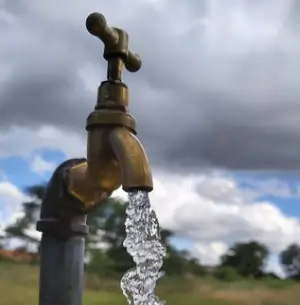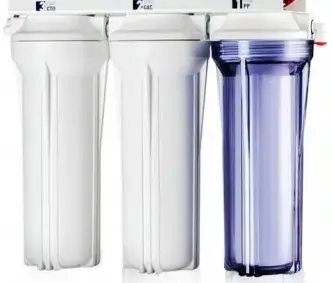Lead Contamination in Drinking Water: What You Need to Know
Lead contamination in drinking water is a serious public health concern and a form of heavy metal contamination. Lead primarily enters water through leaching from lead-containing plumbing materials, service pipes, and fixtures. Once in the water supply, lead exposure can have severe health effects, particularly for children and pregnant woman.
What is Lead Contamination and How Does It Happen?
Lead contamination occurs when lead leaches into drinking water from:
- Old plumbing systems: Older homes and buildings often have lead pipes, PVC or uPVC pipes containing lead stabilizers, and fittings made from lead-based materials such as bronze and brass. Soldered joints in plumbing systems can contain lead, which can gradually dissolve into the water.
- Corrosion: When water, especially if it is acidic or has low mineral content, comes into contact with lead-containing materials, a chemical reaction occurs. This process, known as corrosion, dissolves the lead, allowing it to leach into the water supply.
- Industrial pollution: Industrial activities like mining, smelting, and manufacturing can release lead into the environment. Improper waste disposal or runoff from industrial sites can contaminate nearby groundwater, which is often used as a drinking water source.
- Natural sources: In some regions, bedrock formations naturally contain lead. As groundwater flows through these geological layers, it can dissolve traces of lead, potentially contaminating wells, springs, or other water sources.

Health Effects of Lead Contamination
Lead exposure is highly toxic and has no safe level. Even at low concentrations, it can accumulate in the body over time, causing severe and often irreversible health consequences, including:
- Neurological damage: Lead exposure is especially harmful to children, leading to reduced IQ, learning disabilities, and behavioral issues like hyperactivity or aggression. It can also impair cognitive function in adults.
- Kidney disease: Prolonged exposure can damage the kidneys, resulting in reduced kidney function and chronic kidney disease, which may require lifelong treatment.
- Cardiovascular effects: Lead exposure is linked to high blood pressure and an increased risk of heart disease, as it can harm the cardiovascular system over time.
- Pregnancy complications: Pregnant women exposed to lead face higher risks of miscarriage, stillbirth, and having babies with low birth weight, which can lead to long-term developmental challenges.
How to Detect and Remove Lead from Water
Detection
- Water Testing Kits: Home testing kits provide a quick, initial way to check for lead in water, though they may not always be as precise as professional methods.
- Laboratory Analysis: For accurate results, certified laboratories can test water samples to determine exact lead levels, ensuring compliance with safety standards.
Filtration and Prevention
- Lead-Free Plumbing: Replacing lead pipes, fittings, and solders with lead-free materials is the most effective long-term solution to prevent contamination.
- Corrosion Control: Municipalities can treat water by adjusting its pH or adding anti-corrosion chemicals to reduce lead leaching from pipes.
- Reverse Osmosis (RO): RO systems are highly effective at removing lead and other contaminants from drinking water, making them a reliable choice for households.
- Activated Carbon Filters: Some certified carbon filters can reduce lead levels, but it’s important to verify their specific capabilities and maintenance requirements.
Important Note: Boiling water or using purification tablets does not remove lead; in fact, boiling can concentrate lead levels. Proper filtration systems and plumbing upgrades remain the best solutions for ensuring safe, lead-free water.
